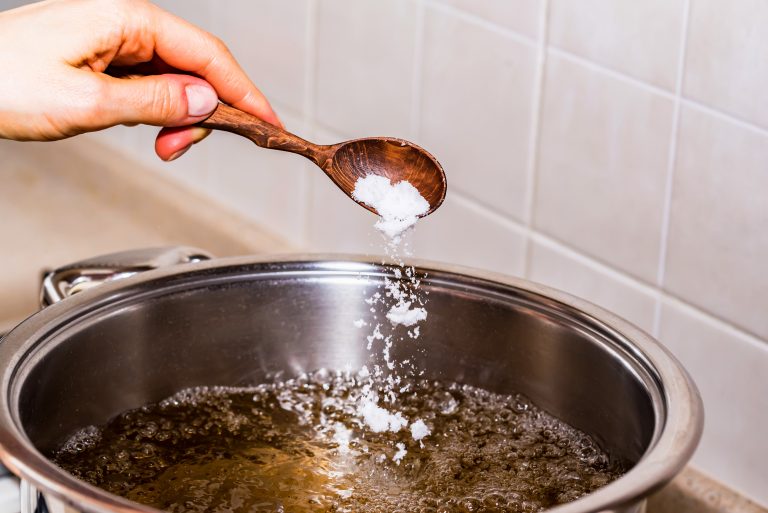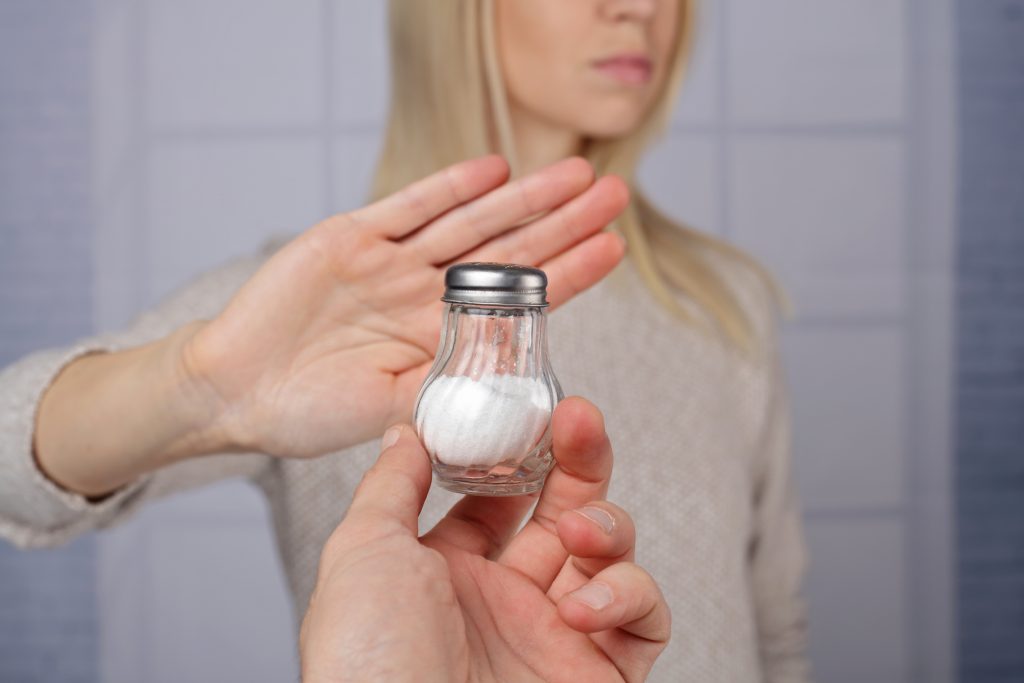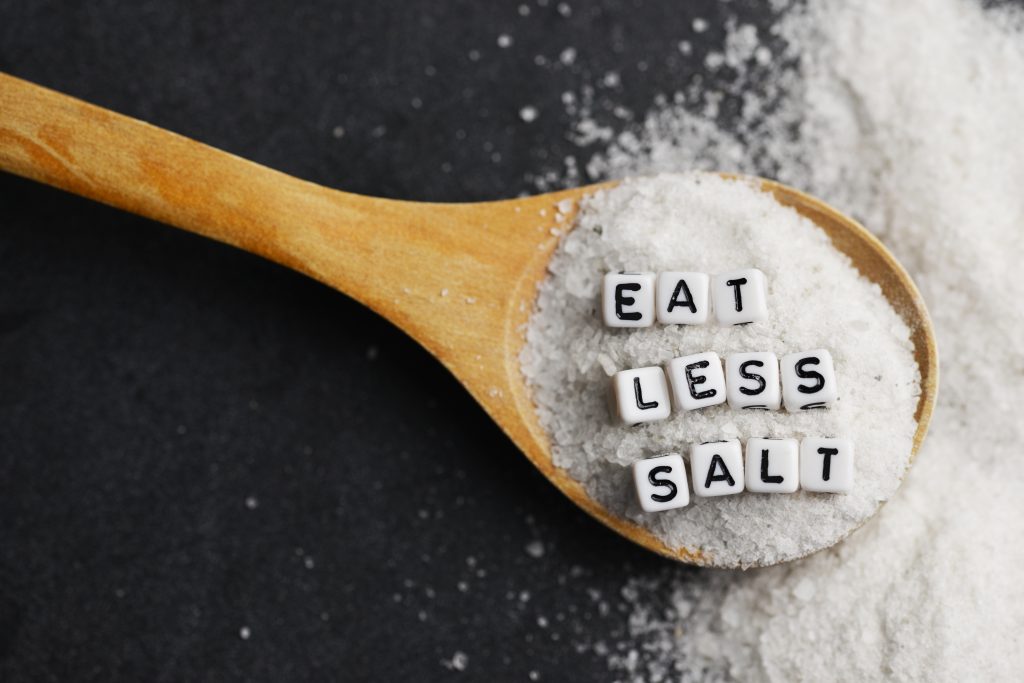Reduce the risk of disease
High salt diets raise blood pressure which puts us at increased risk of stroke, heart disease, and heart attack. High salt diets are also linked to kidney disease, osteoporosis, stomach cancer, and may also exacerbate symptoms of Meniere’s disease, asthma and Alzheimer’s disease.
People consume too much
We need less than 1g of salt per day for normal physiological function. However, worldwide on average, we are eating 10g of salt per day; far more than we need and more than DOUBLE the World Health Organization recommended limit of less than 5g salt per day.
Everyone benefits
A successful salt reduction programme will benefit the whole population regardless of age, economic status or ethnicity. An estimated 2.5 million deaths could be prevented if salt intake was reduced to the WHO recommended maximum of less than 5g salt per day.
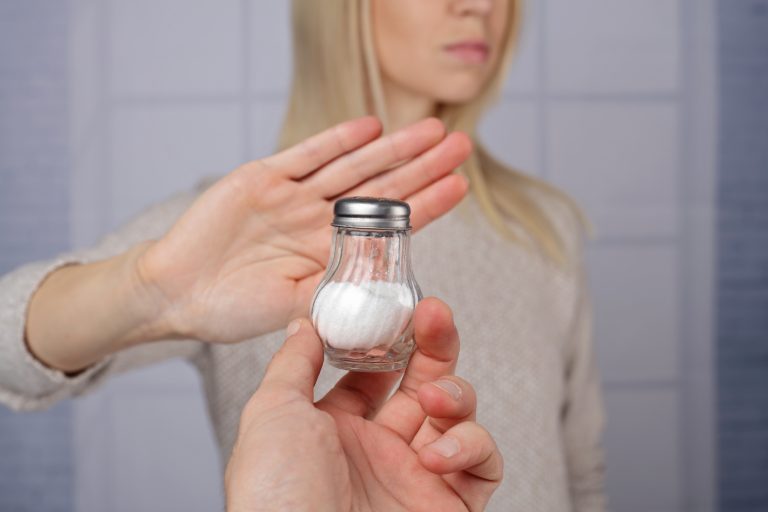
It is estimated that 40% of adults worldwide have high blood pressure
- High blood pressure accounts for 60% of all strokes, and 50% of all heart disease
- There are no symptoms for high blood pressure – it is known as the silent killer.
- The only way to detect raised blood pressure is to get it checked regularly.
- High salt diets in children may put a child at increased risk of developing high blood pressure.
Salt and taste
Liking salt and salty food is a learned taste preference, and so it is particularly important to make sure that children do not develop a taste for salt in the first place. When high salt foods are consistently consumed, salt taste receptors are suppressed which creates the habit of eating highly salted foods and leads to greater consumer demand. As salt intake falls, the specific salt taste receptors in the mouth become much more sensitive to lower concentrations of salt and this adjustment takes only one to two months. This means that less salty food will taste as salty as the highly salted food prior to the adjustment.

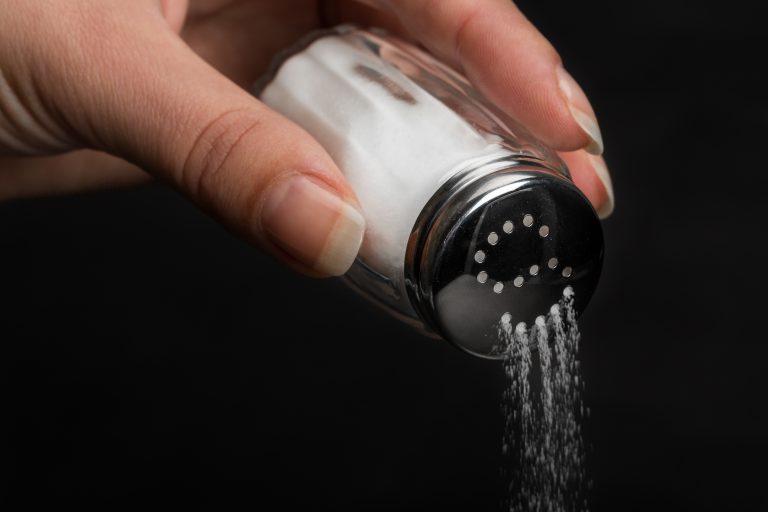
Hidden salt
In high-income countries, 75% of the salt we eat is already in everyday foods such as bread, cheese, processed meats, cereals and sauces, so many of us are eating too much salt without even knowing it. Salt is added to processed foods and meals for a variety of reasons but mainly because it is a low-cost way to add flavour and drive. Evidence suggests that it is possible to make significant reductions of 40-50% in the salt content of a range of products without people noticing.
Salt added during cooking and at the table
In low and middle-income countries most of the salt we eat is added during cooking or at the table from table salt and cooking sauces including soy sauce, fish sauce, stock cubes.
Salt and sodium
Salt is sodium chloride. It is the sodium in salt that is bad for our health. Salt is the biggest source of sodium in our diets, accounting for about 90% of the sodium that we eat. Sodium is also naturally occurring in some foods like celery, beets and milk, and in raising agents such as baking soda.
To calculate the amount of sodium in salt:
sodium = salt / 2.5
For example, 400mg sodium = 1g salt
